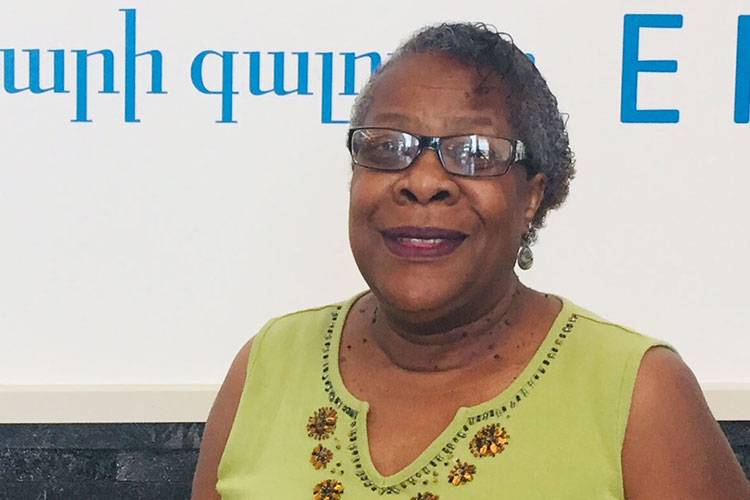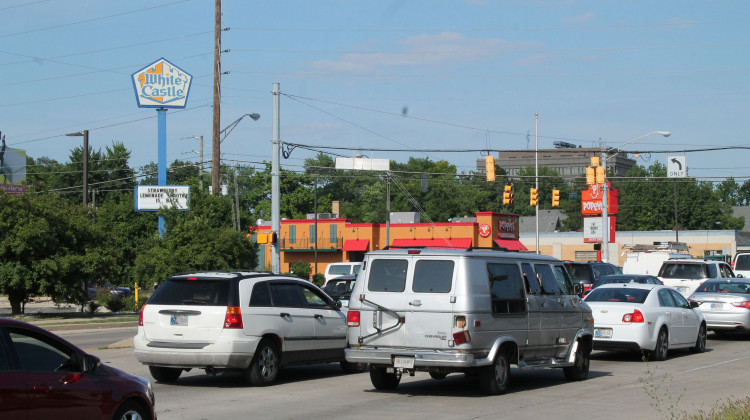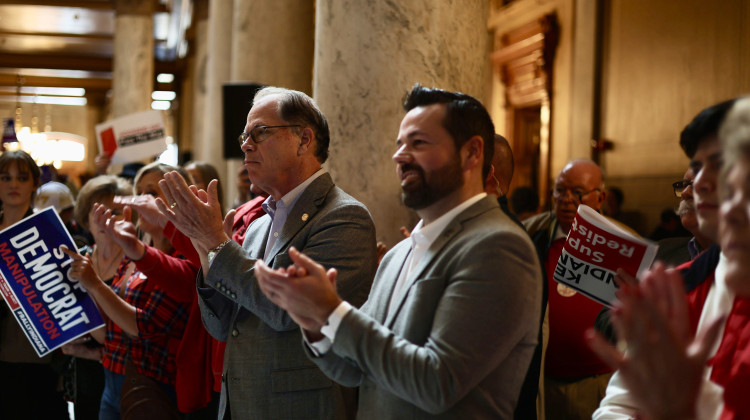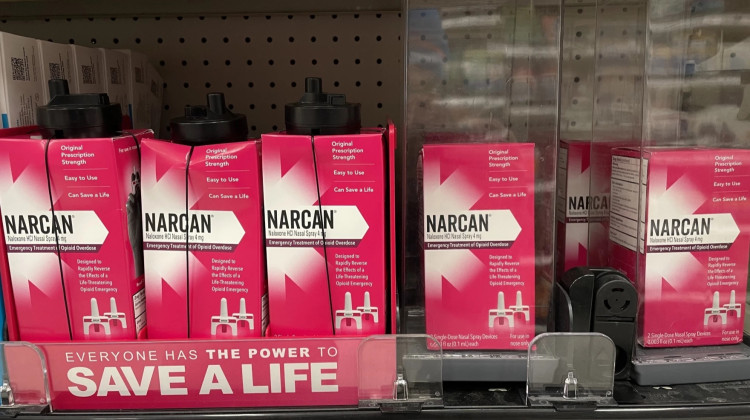A city’s layout – neighborhood-by-neighborhood access to health care, outdoor recreation and healthy food – can have a significant health impact. In Indiana, some neighborhood diabetes rates reflect these factors.
A new $7 million diabetes impact pilot in Indianapolis could serve as a model for communities across the state.
Alma Trawick, 69, knows a lot about diabetes.
"You can lose your legs, your eyesight," says Trawick. "My mom was a double amputee, she didn’t have no legs."
Her brother also has the disease, and she was diagnosed as Type 2 last year.
"I know why I went over that line because I stopped exercising and stopped eating right," says Trawick.
Trawick is president of Indianapolis’ Keystone Millersville Neighborhood Association. One neighborhood targeted as part of a new diabetes impact project.
She’s taken diabetes education classes at her neighborhood YMCA. She gets on the treadmill when she can, but when it comes to food, she says, for many in this neighborhood, what’s affordable and available often wins out.
"We’ve got Popeyes, KFC, Taco Bell, Long John Silver's, two other chicken places just on 38th and Keystone," says Trawick.
An estimated 11 percent of Hoosiers live with diabetes. In Trawick’s neighborhood the percentage of diagnosed cases is closer to 17 percent.

Indianapolis' Keystone Millersville Neighborhood Association President Alma Trawick will help involve community members in a new diabetes prevention program. (Jill Sheridan/IPB News)
Three Indianapolis neighborhoods will have dedicated health workers through the new project. Education will play a big role.
"We need to make people aware of it, however being a diabetic has stigma on it," says Trawick. "It’s like ‘oh my god, I’m a diabetic’ it’s like this bad thing."
Residents like Trawick will encourage neighbors to engage with the program.
Indiana University Richard M Fairbanks School of Public Health at IUPUI is one of five partners in the diabetes impact project. Dean Paul Halverson says place matters.
"There’s over a 14 year difference in life expectancy for a baby born today in southern Indianapolis, just south of Lilly headquarters, and a baby born in Carmel," says Halverson.
Fairbanks School of Public Health and Eli Lilly are leading the pilot. The project is based on global work that Lilly has done to reduce diabetes. Halverson says the push is unique because it targets specific needs of individual neighborhoods.
"If we could change some things, and help by making a couple relatively simple changes, it could change their life," says Halverson.
Trawick says when she visits with her neighbors they tell her about some of their obstacles to better health, like crime.
"A lot of my seniors in my area are afraid to get outside," says Trawick. "With them hiding in their house, they’re not getting medical attention, they’re not getting exercise."
She says another obstacle is a lack of recreation options, especially for children.
"They have Washington park on the south side of 38th," Trawick says. "But when you have little kids, who is going send them across 38th Street?"
The Marion County Public Health Department and Eskenazi Health are also partners in the data-driven initiative.
Marion County Public Health Department Director Virginia Caine says the five year project will identify people with the disease, connect them with care and support prevention efforts.
"We all want to live in a city where your zip code doesn’t determine your health and for the people living in these three neighborhoods the goal of this is to make a real difference that is felt today and by future generations," says Caine.
Trawick says she is excited to spread the word.
"Many times there are programs and people don’t know about it, so I’m glad I’m involved in this because I know everybody in my area is going to know about it, because I’m going to tell them about it," says Trawick.
The pilot project also supports new legislation to develop a statewide diabetes action plan to identify the best ways to lower Indiana's rate.
 DONATE
DONATE








 Support WFYI. We can't do it without you.
Support WFYI. We can't do it without you.